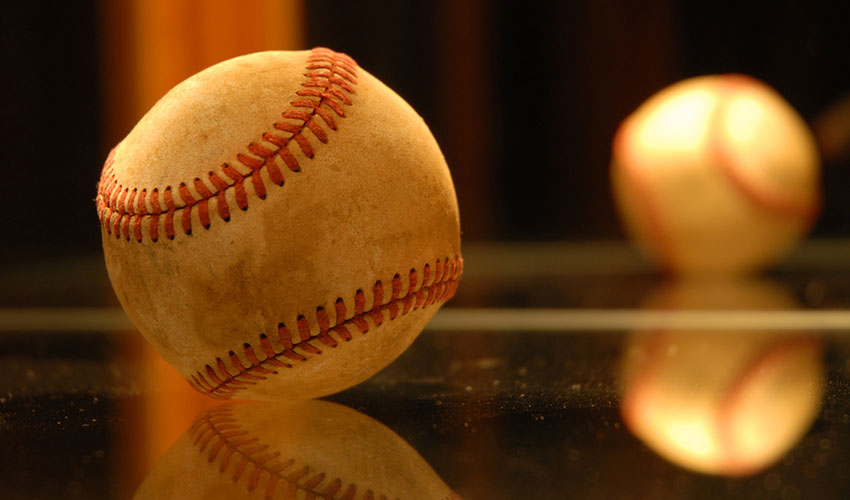What not to collect in sports memorabilia

When collecting sports memorabilia, it’s best to be selective and educated in your choices. That’s because not every item is worth the price (or will go up in value), and there is a lot of fraud in the industry today. Therefore, here are a few items you may want to avoid:
Many autographed items
The FBI estimates that roughly 50 percent of vintage sports memorabilia on the market is fraudulent. Other experts put the figure closer to 80 percent. With so much available online, it can be difficult to distinguish between an authentic signature and a bogus one. To ensure that you’re getting the real thing, stick to items that have been authenticated by one of the leading third-party authentication services, such as PSA/DNA or JSA.
Pins and pin-back buttons
Made in large quantities, pins also hold up well over time, making them an item that lots of people have. That means, they’re probably not worth much, except in sentimental value.
Signature-stamped pieces
Since it’s way easier to stamp a baseball (or other item) than to get it signed by a big-name player, stamped signatures are worth far less than actual autographs.

Pennants
These items are also never in short supply, making them worth much less than other memorabilia.
Books by players, coaches or managers
Unless it’s a first edition, in mint condition, and signed by the author/player, tell-all books by players and other sports celebrities probably won’t be worth what you originally paid for them.
Plaques
Typically mass-produced, plaques of your favorite player or team are built for kid’s rooms or man caves, not for valuable collections.
Video games
To see what an old sports video game is worth, just visit GameStop and try to return one. You may have fun playing it, but that doesn’t mean you can sell it for a profit.